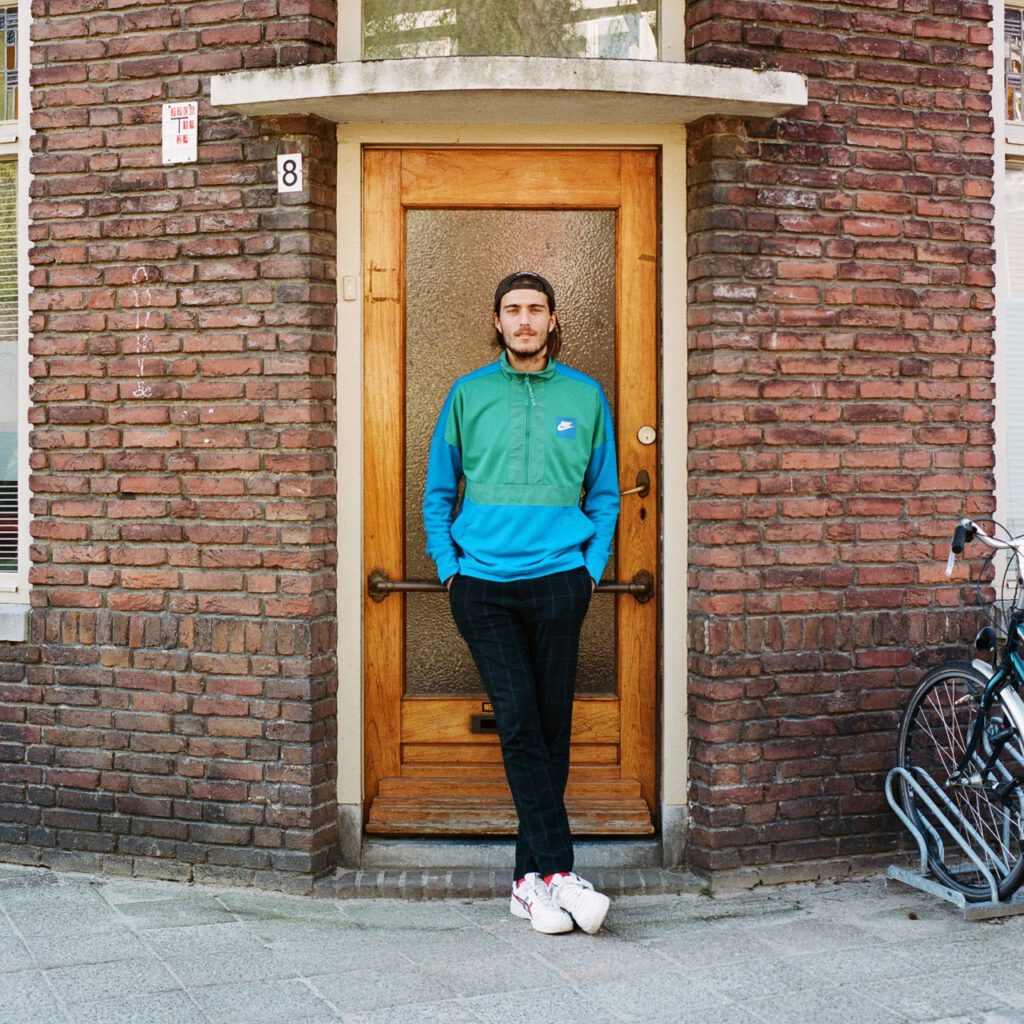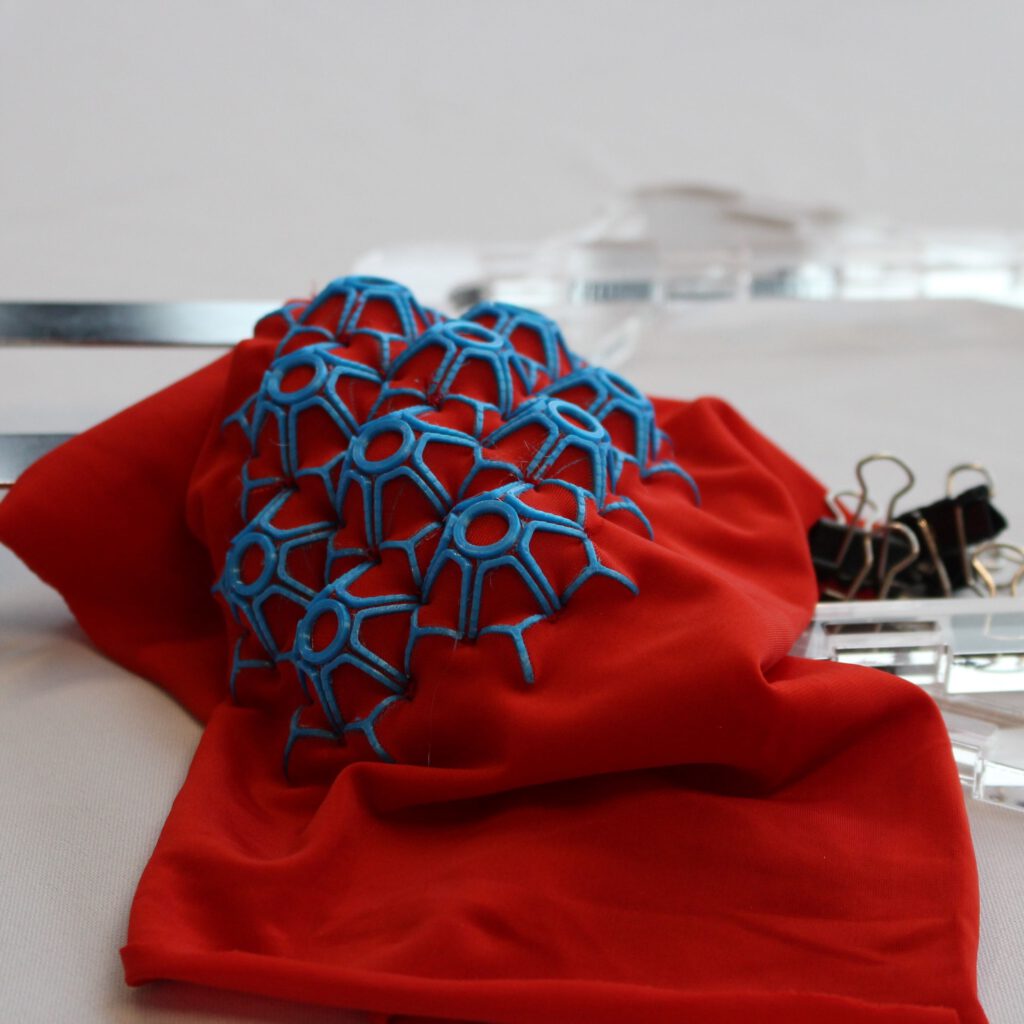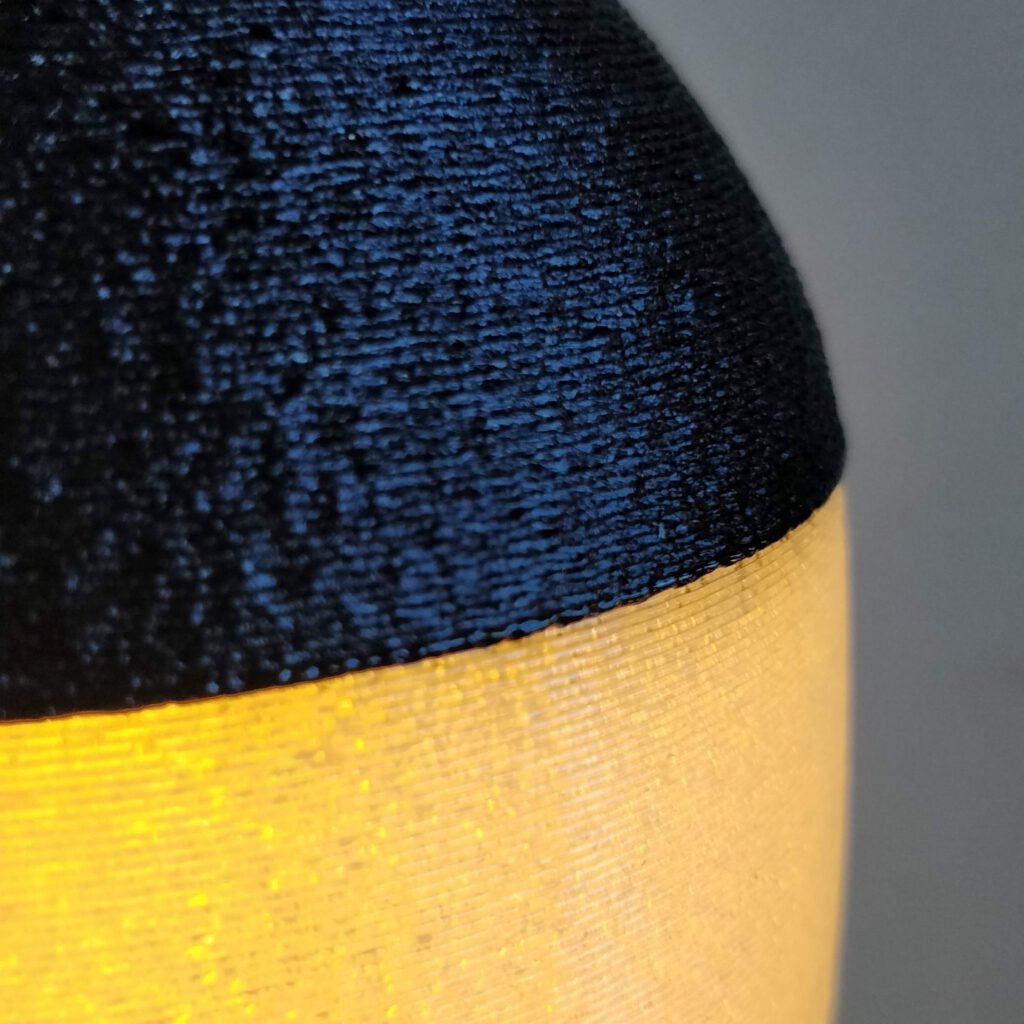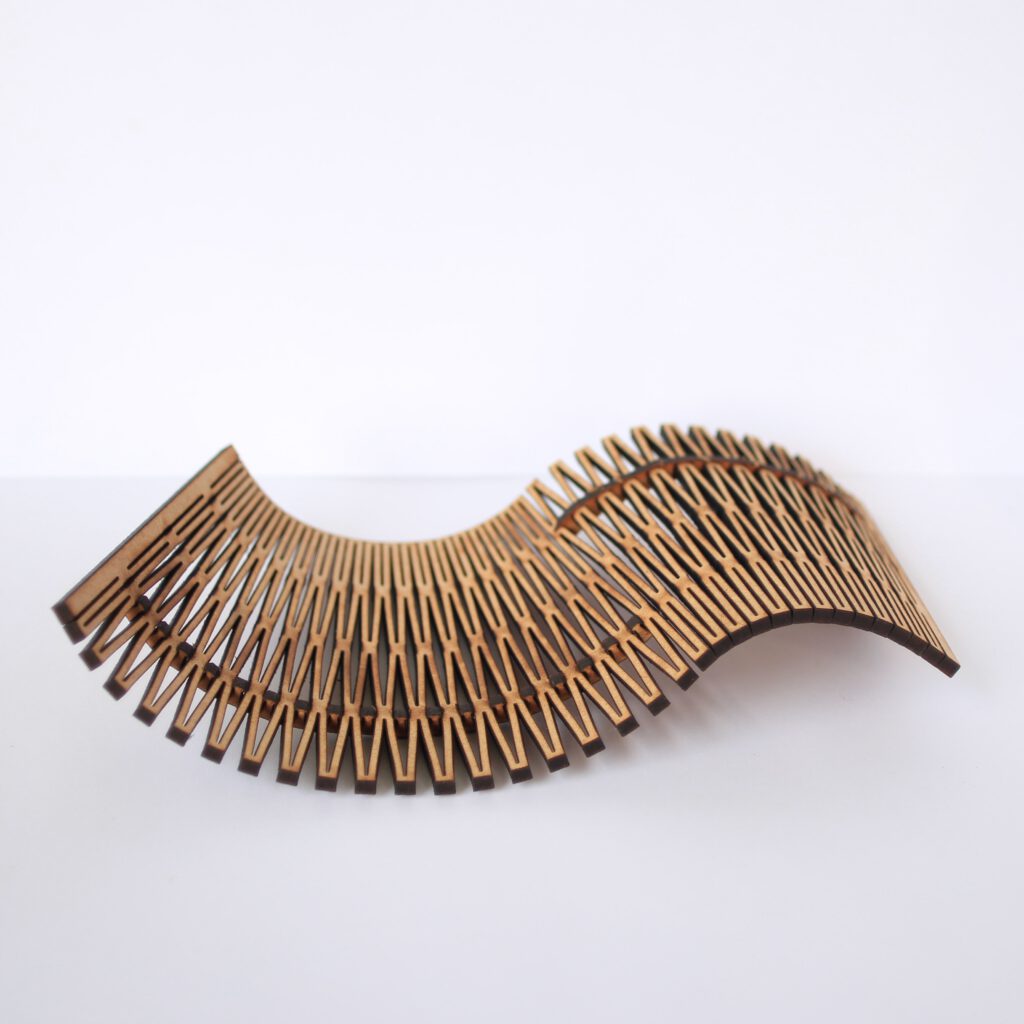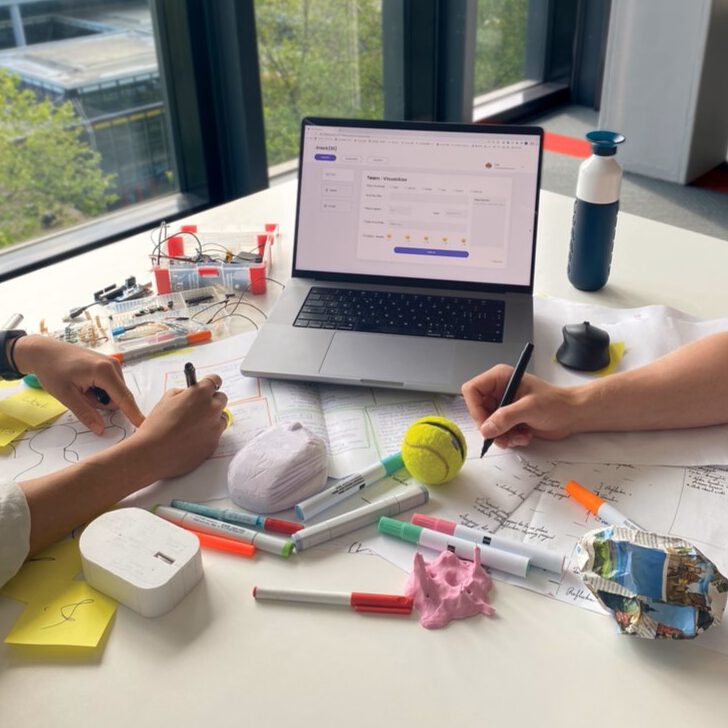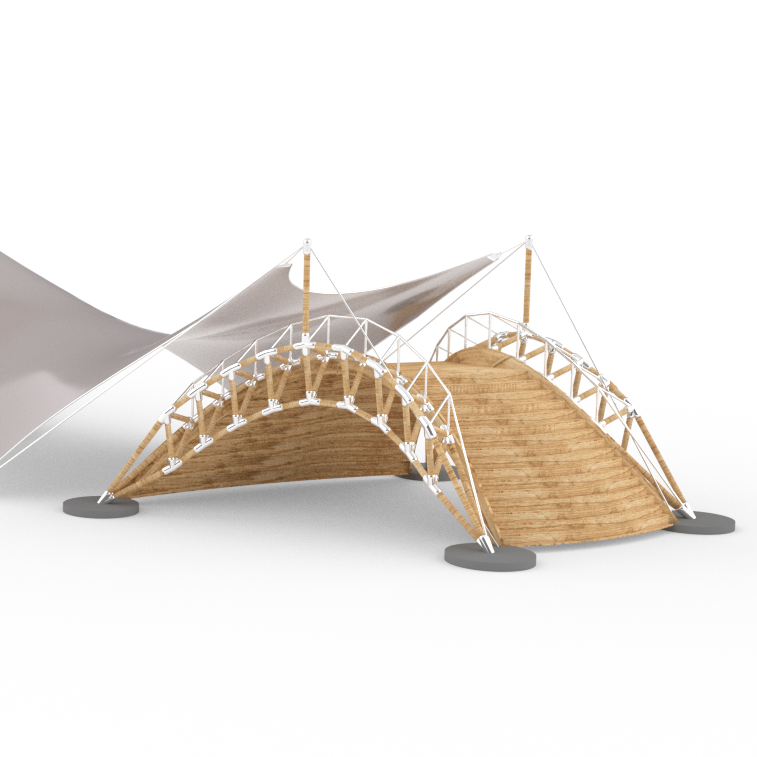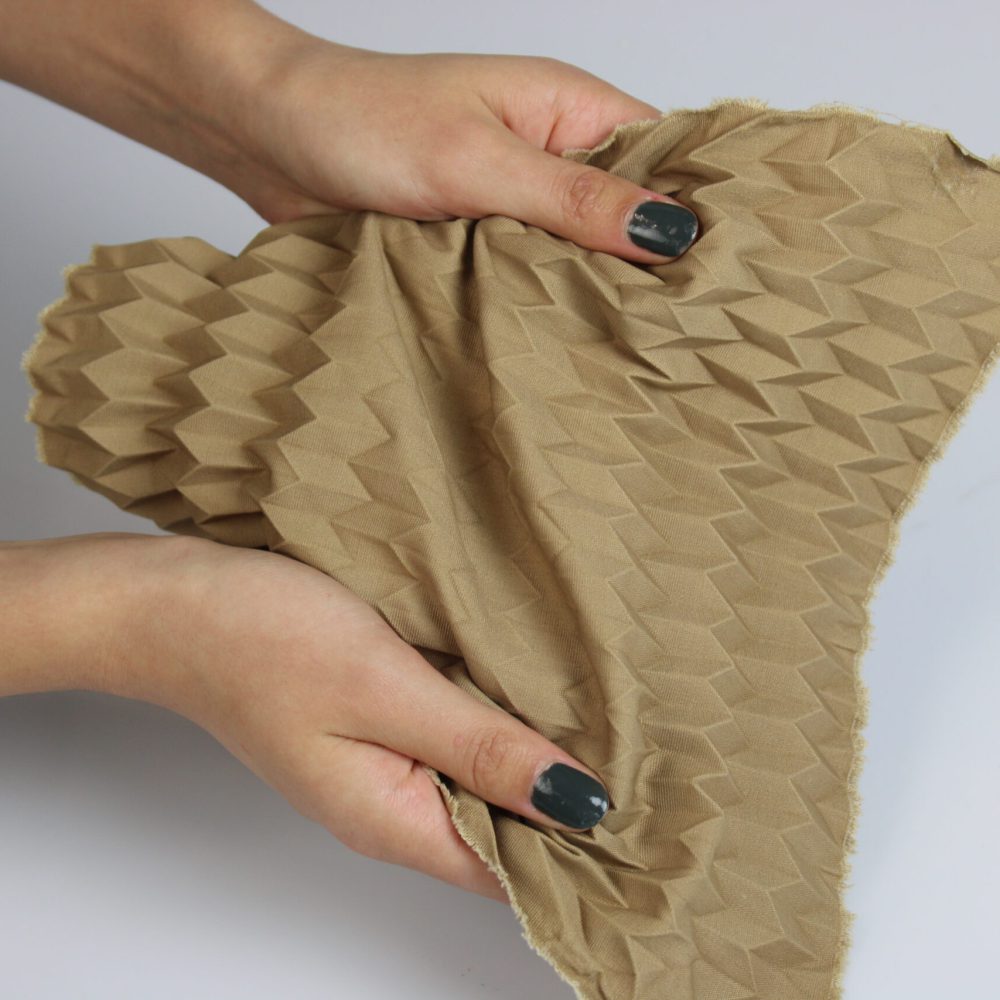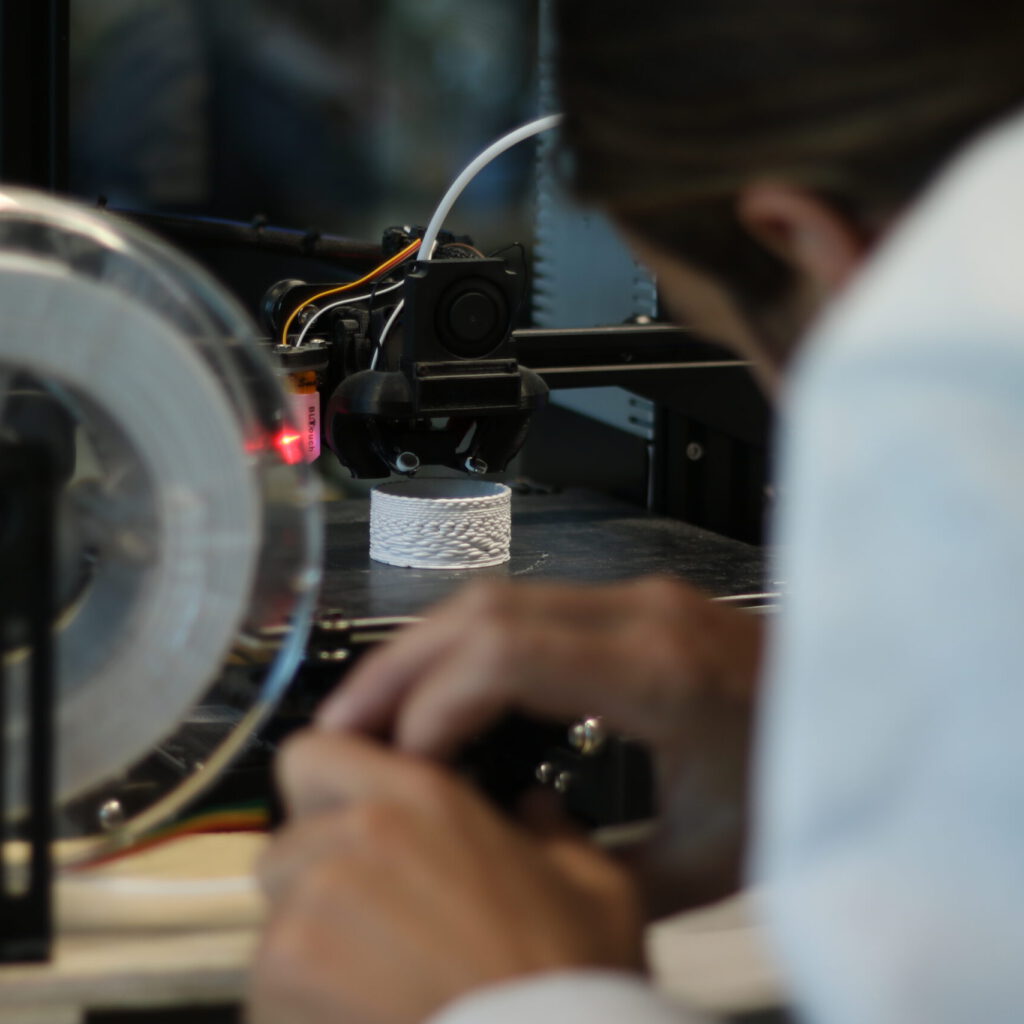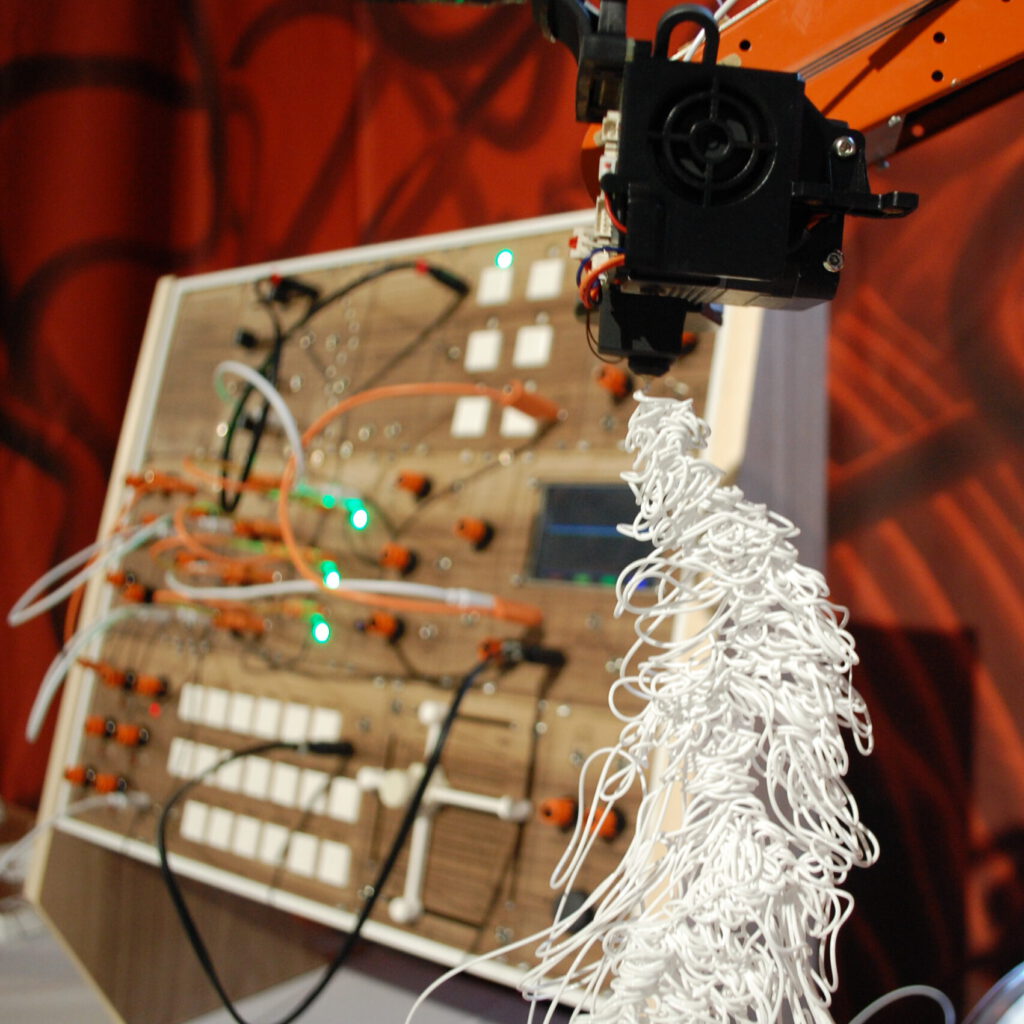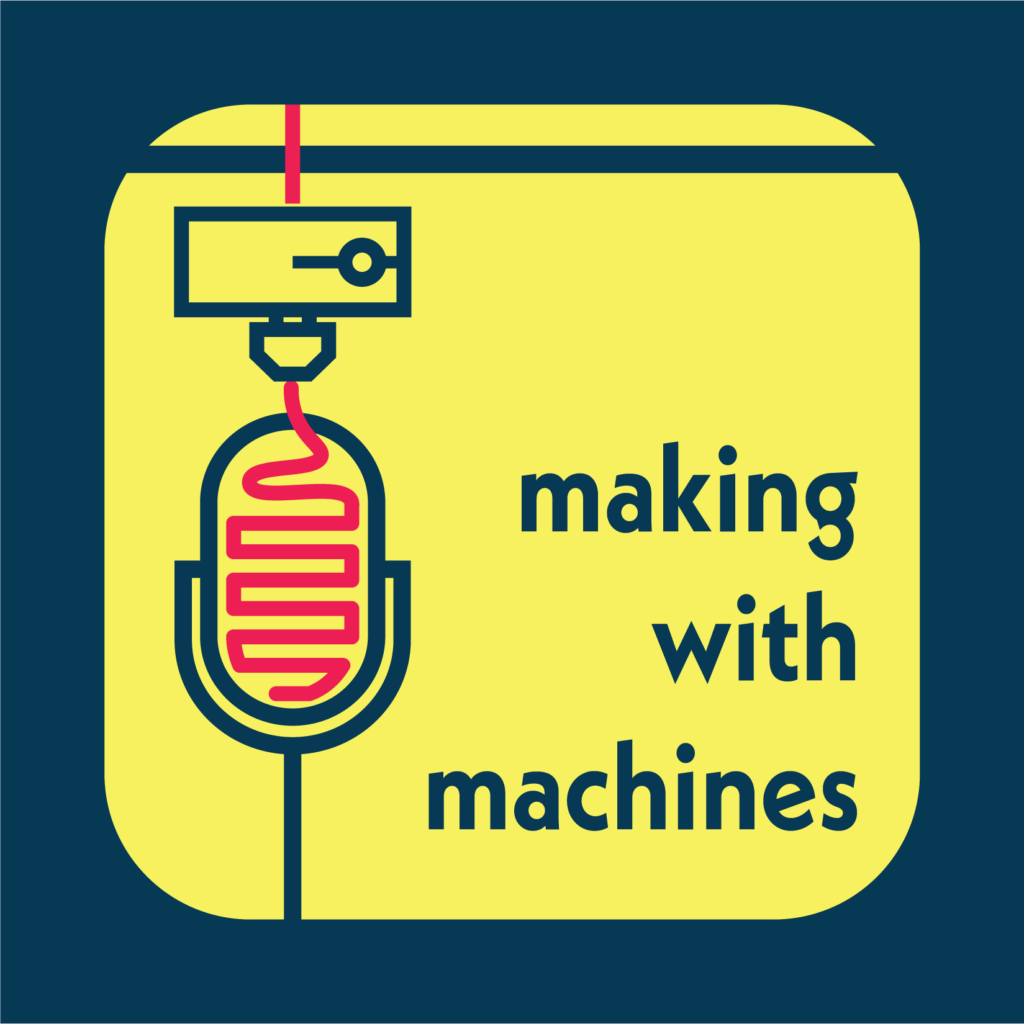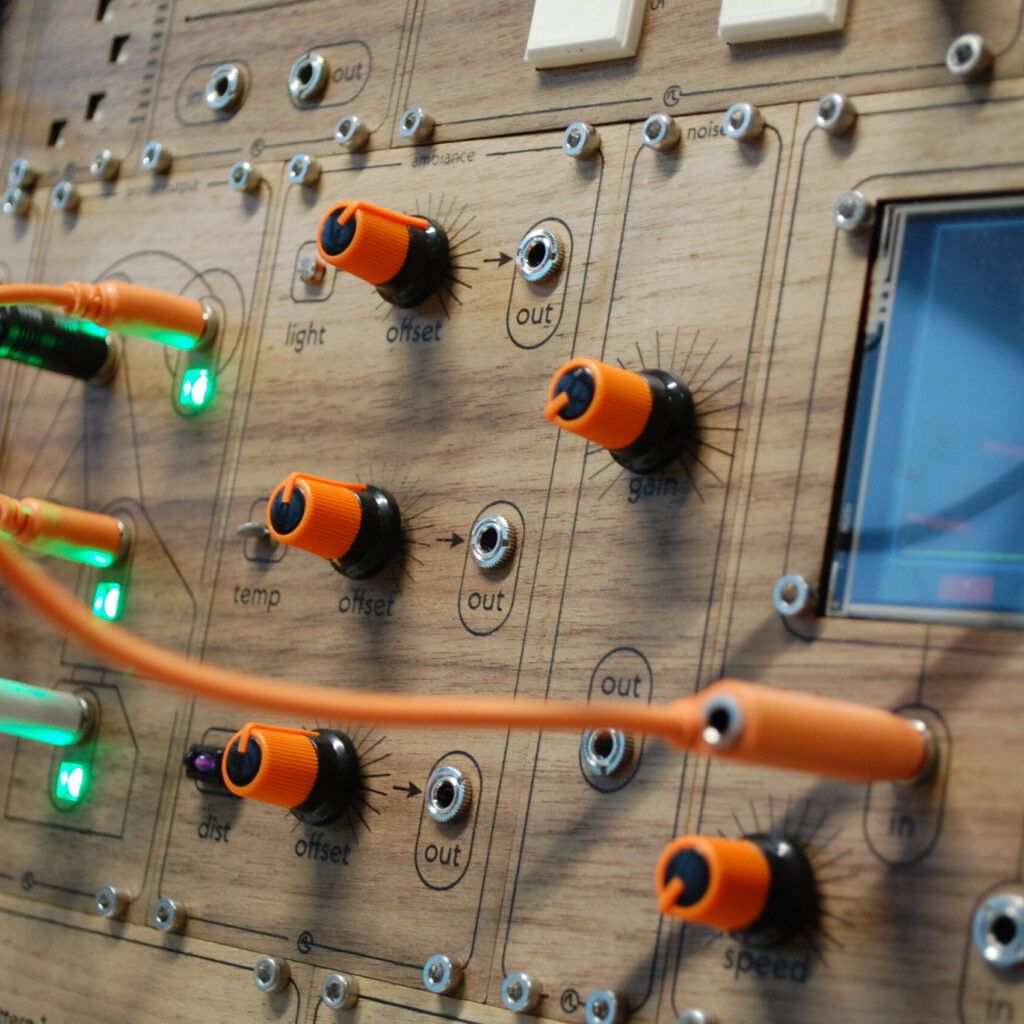
Hi, I am Maas Goudswaard, I strive to untangle making practices by designing weird manufacturing machines.
Please join me on my journey!
Vision
In our digitizing society we are increasingly delegating design activities to digital interfaces and machines. This risks designers from being dissociated from the making process, which is rich in insight, expression and creativity.
In other words, we are not making anymore, we let machines do the making. We design something on a computer, and expect the machine to fabricate that exact thing, as accurately as possible, without unintended results. Which can lead to frustrations as the machine does not comply with our intentions, and more importantly with this thought we limit ourselves to the expression the digital world has to offer and lose out on the richness of the material world.
I aim to re-unite the designer with making practises. By highlighting the agency of the making process, to support creative, explorative and meaningful design practises. By combining philosophical theory on humans’ engagement with materials with design practise I want to foster reflection on how we (as designers) choose to engage with making.
I explore this by designing provocative manufacturing machines that challenge the status quo, that inspire and spark the joy in making. I aim to let my work do my talking by sharing my engagements with making.

Professional Identity
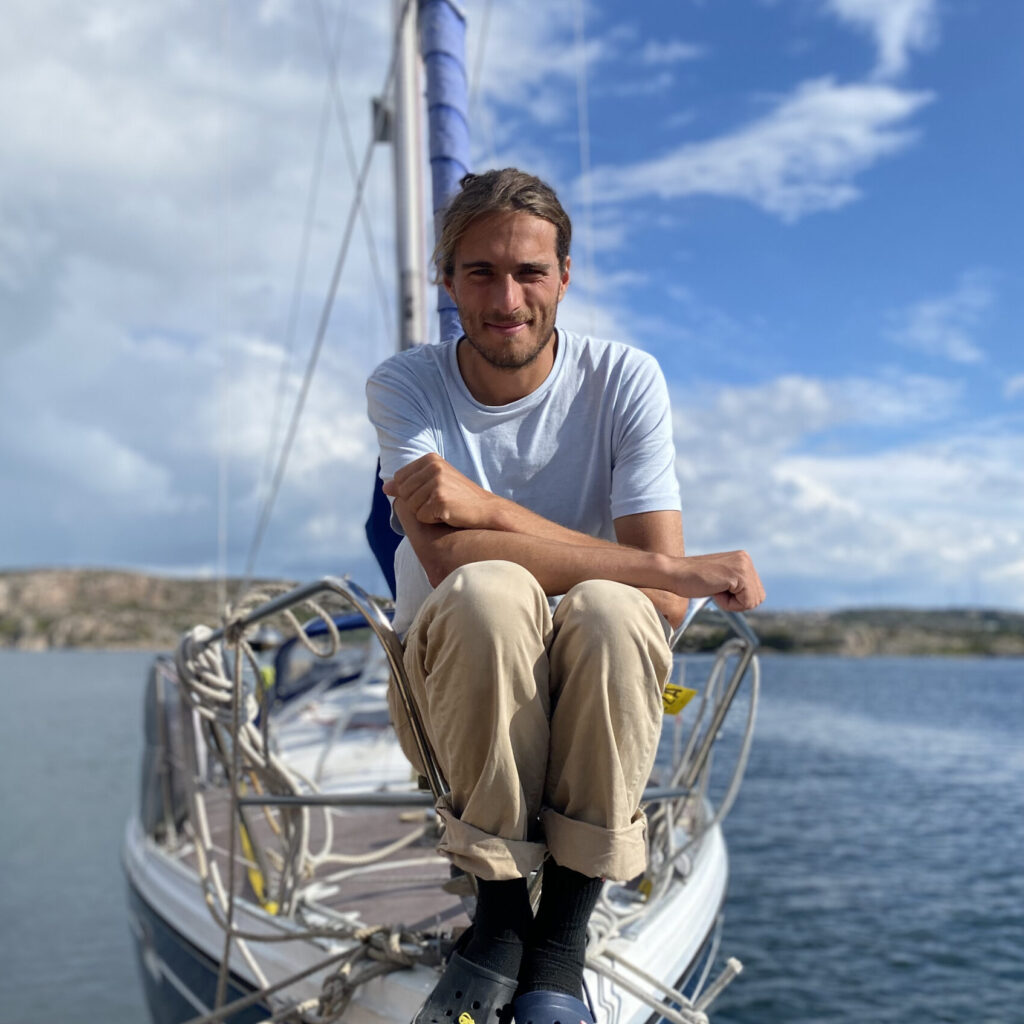
I’ve always been fascinated by making, how my actions relate to the material world, how my hands transform materials as well as how materials transform my hands. I’ve always been a maker, building speakers, refitting a sailboat and repairing surfboards. In these experiences I’ve first-hand experienced how difficult it is to make something good. How inaccuracy, materials and tools influence the materials path, and work with or against your intentions: just cutting a straight line is a lot of work. I’ve always enjoyed the challenge of making something look good and function as well.
Through my career I’ve increasingly engaged with digital manufacturing machines like 3D printers, laser cutters and digital embroidery machines. In these processes the connections between my hands and the materials are dissociated. My hands do not affect materials directly, rather they communicate to the materials through code and machines. In digital manufacturing accuracy is the standard, the design materials are optimized to conform to the machine instructions. From my first-hand experiences in craftmanship I appreciated this, how easy it is to make a straight line or to fit parts together. It really empowered me to make more, faster and with higher accuracy. I however lost something in this process: the opportunity to correspond with your materials. The abstract translation from code to materials abstracts and cognitively loads the making process. And reduces the enjoyment of the making process itself.
This tension between; the rich, embodied, imprecise nature of manual processes and the deterministic, cognitive, precise nature of digital processes sparked my passion for design. I’ve started researching how can we re-unite ourselves with the materiality of the making processes.
I explore this best in a one-on-one correspondence with materials and machines. I work individually as it allows me to open myself to the agencies of non-humans and document my engagements through auto-ethnographic processes. Not to provide technical solutions to problems, rather to provide examples and perspectives on making. I’d like to take you along my journey, exploring agency, precision, materiality, emergence and serendipity in making centric digital manufacturing practices.
Future
Throughout my development I’ve had a large focus on making technical prototypes that somehow challenge the status quo. I’ve started with purely technical explorations and have slowly been exploring more philosophical implications of my work. I find making a highly personal encounter with materials, and as such I do not think that I can provide concrete solutions or guidelines, rather I aim to facilitate and enrichment of ones’ own practise.
The only way to do that is to go into my own practise with open eyes, learn about it and communicate my experiences. And as such this is what I want to continue. I see mainly two potential paths in my future: pursuing a career in design philosophy in the form of a PHD, or the arts. The ability of arts and academics to inform and foster critical reflection on societal trends, instead of promising technical solutions, makes me excited to work.
I want to inspire designers to reflect on their making practises.
